Kagurazaka Ishikawa
4.7/5
164 Reviews
No. 3 of Must-Visit Restaurants in Tokyo
Highlights: The benchmark of kaiseki, skillfully using seasonal ingredients to cook simple and authentic flavors
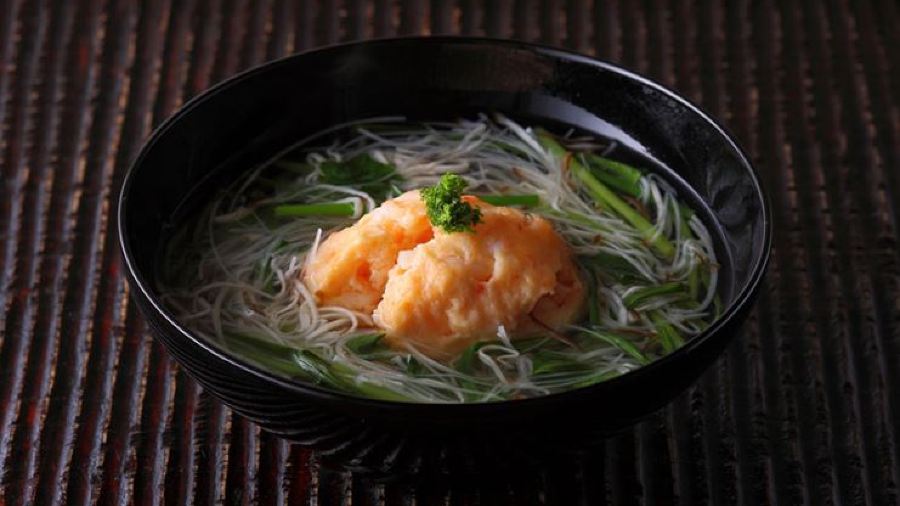
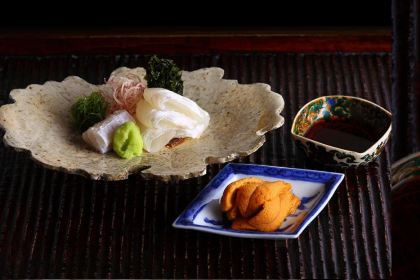
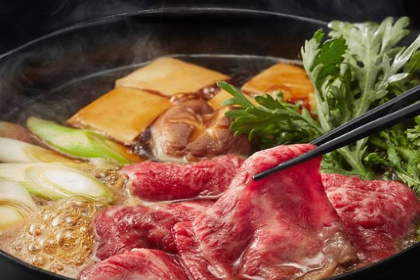
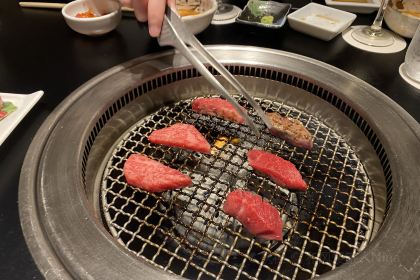
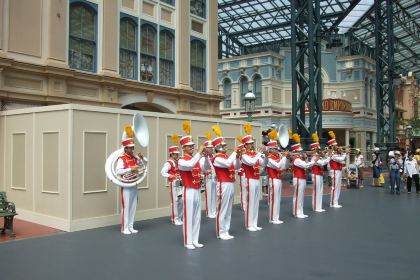

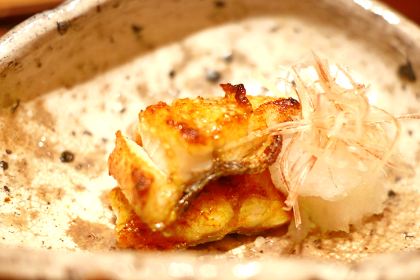
More
Currently closed|Open tomorrow at 17:00Show more
+81352250173
5-37 Kagurazaka 1F Takamura Bldg., Shinjuku 162-0825 Tokyo Prefecture
 关裕年guanyunianI am so confused, but I can't forget the only thing I like, which is Japanese dim sum. I grew up in Beijing, and even in Daoxiangcun, there were less than a hundred kinds of dim sum, at most one hundred and one. These dim sum were too sweet, hard, and had a bad taste. Over time, I lost my appetite for them.
关裕年guanyunianI am so confused, but I can't forget the only thing I like, which is Japanese dim sum. I grew up in Beijing, and even in Daoxiangcun, there were less than a hundred kinds of dim sum, at most one hundred and one. These dim sum were too sweet, hard, and had a bad taste. Over time, I lost my appetite for them.Reviews of Kagurazaka Ishikawa
Some reviews may have been translated by Google Translate
4.7/5Outstanding
All (164)
Latest
Photo reviews (17)
Positive reviews (118)
Negative reviews (1)
I am so confused, but I can't forget the only thing I like, which is Japanese dim sum. I grew up in Beijing, and even in Daoxiangcun, there were less than a hundred kinds of dim sum, at most one hundred and one. These dim sum were too sweet, hard, and had a bad taste. Over time, I lost my appetite for them.
Best Ramen in the area This is a must-visit restaurant - very pleasant atmosphere, great service, and the best ramen (I had the dark ramen and was so happy!). The gyoza were the best I've ever had and the coffee was amazing.
Kaiseki cuisine was originally a meal served by the host to guests during the Japanese tea ceremony. But now it is not limited to tea ceremony, but has become a common high-end dish in Japan. "Kaiseki" means that a saint is wearing a coarse cloth and holding a jade. Its form is "one soup and three dishes" (there is also one soup and two dishes). Kaiseki cuisine is extremely exquisite, and both the tableware and the placement of food are very demanding (but the amount of food is very small). Some people regard it as a work of art, and high-end Kaiseki cuisine is also very expensive. The main utensils for holding food are pottery, porcelain, lacquerware, etc. Well-known Kaiseki restaurants include Tsujidome in Sanjo, Kyoto, Kisho in Korebashi, Osaka, and Zhaofukuro in Higashiomi City, Shiga Prefecture.
The best Kaiseki in many people's eyes Many people consider Kagurazaka Ishikawa the best kaiseki restaurant in their minds, firstly because of the taste and secondly because of the kind chef. When eating Kappou, you often encounter serious and taciturn chefs, and you may feel a little nervous when eating it yourself. Ishikawa was the meal I most looked forward to during my own trip to Japan. After expectation, there is usually disappointment. In terms of taste, Ishikawa has a Southeast Asian flavor, with all kinds of exotic spices occupying your mouth. Secondly, I felt that the whole dish was a little salty and the dessert was not well prepared. As for the dining experience, the sous chef seemed very serious and aggressive at first, probably because his English was not very good. The atmosphere finally became relaxed when I asked the deputy chef for a bowl of red bean paste. Kagurazaka Ishikawa mostly uses Chinese pottery rather than Japanese lacquerware for its tableware, which makes many gourmets' eyes light up. However, Kagurazaka Ishikawa is not as good as Okuda in maintaining tableware and facilities, and the placement is also messy (some Japanese restaurants always have dirty and messy places that customers "can't see", the Michelin one-star Teppanyaki Kappo Aida, Kushiyaki Fan and Teppanyaki Onodera in Paris all have the same situation). The most impressive thing in the whole meal was the grilled Sea Bass. The fish was first boiled in water and then sprayed with a torch, which locked in the freshness of the fish. The dessert was a bit perfunctory, with homemade yogurt and pickled honeydew melon, and the taste was not particularly outstanding.
The Michelin three-star kaiseki cuisine is not only delicious, but also relatively traditional. However, for meat eaters, the main ingredients are fish, and the beef dish is not particularly satisfying, but the three-star rating is well deserved.
Sukiyaki buffet! The domestic beef and pork are really delicious! The dining time is 100 minutes. In the restaurant, there are Chinese, Koreans, Japanese and foreigners! It should be very famous on major websites. However, it seems that local Japanese people eat more ordinary beef. Lunch drinks are included. The ice cream is delicious! 😂😂